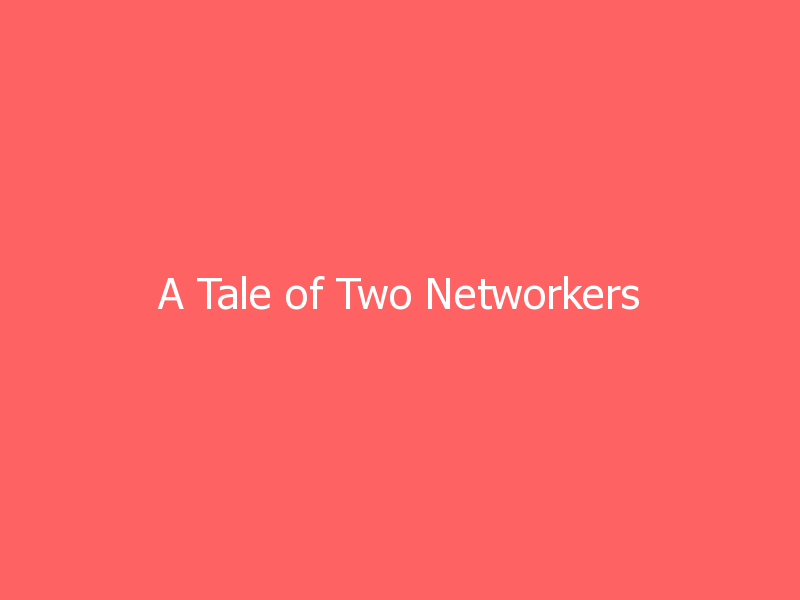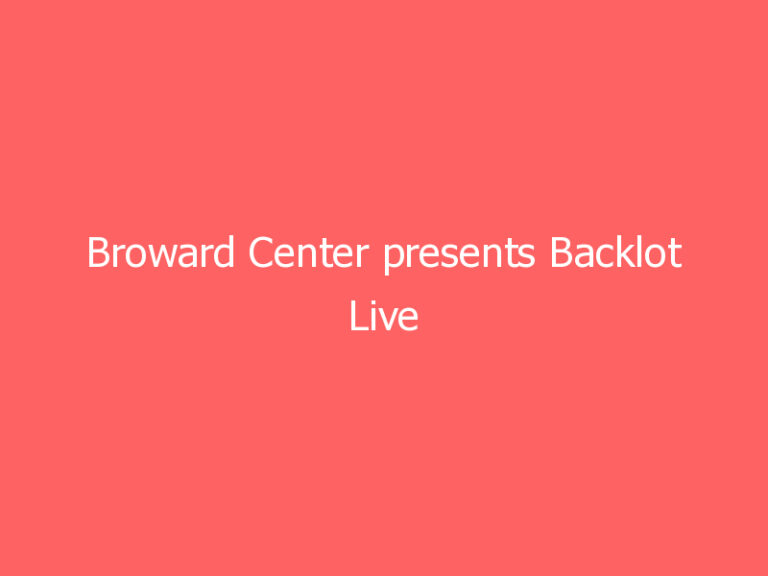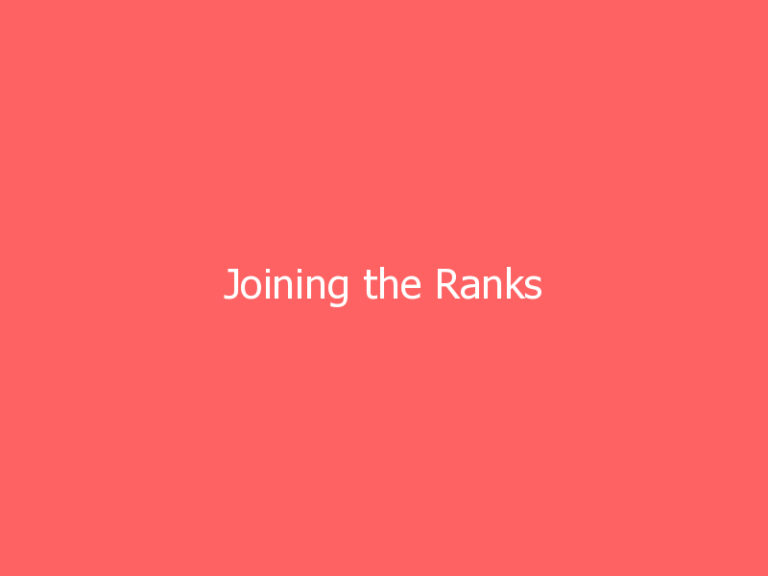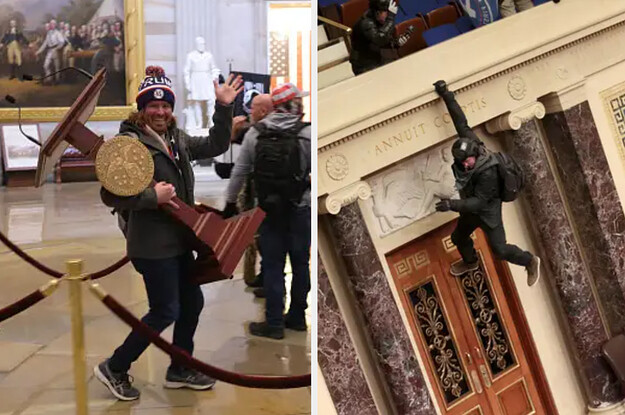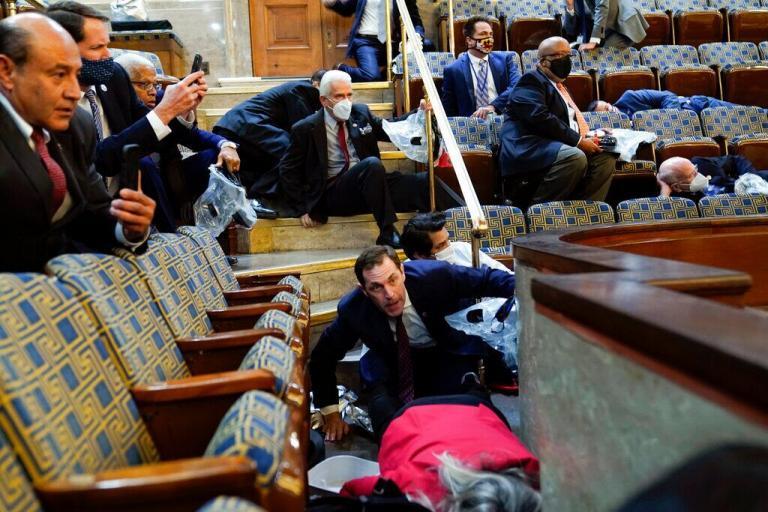It seems that some people are just lucky when it comes to networking. But you can make your own “luck” in networking by doing your homework beforehand and focusing on the system rather than the individual.
It seems that some people are just lucky when it comes to networking. But you can make your own “luck” in networking by doing your homework beforehand and focusing on the system rather than the individual.
Read More
Full content below:
Last Updated Saturday, January 16, 2021
It seems that some people are just lucky when it comes to networking. But you can make your own luck in networking by doing your homework beforehand and focusing on the system rather than the individual.

Image source: Depositphotos.com
In doing my research before attending a conference, I opened up the events app provided by the organizers. It allowed me to see all the people who were attending or presenting at the event, along with their positions and one-click access to their LinkedIn profiles. I started connecting with anyone I saw as a potential champion or momentum partner. One of the people I reached out to was Tom Dekle, a senior IBM executive who I noticed lived in the same city as I did–Chapel Hill, North Carolina. I also noticed that he was the recipient of a lifetime achievement award in sales.
He never responded.
At the event, though, when I walked past him, it was clear he recognized me. While this might seem like a chance encounter, even a very lucky one, remember Louis Pasteur’s thoughts on chance: it favors the prepared mind.
While most people go to an event and find a place to sit, stand, or even hide, I walk through the room, looking for faces I recognize or smiles and eye contact from people who recognize me. Often within minutes, this leads to a “chance” encounter. The key to doing this well is casually walking from place to place, always looking like you’re heading somewhere but are in no rush to get there. I often walk from the bar to the bathroom, then to the catering station, and then, if needed, even outside, like I’m planning to make a phone call, until that chance encounter happens. Needless to say, in a small room, you can only do this once or twice before it looks strange. But if you’ve connected with people beforehand, I’ve found it never takes that long.
Tom and I began chatting about Chapel Hill and discovered our wives liked the same bookstores, that we all liked some of the same foodie-type restaurants, and that we loved Fearrington Village. We then began talking business.
Finally I said, “Tom, I’m really enjoying this conversation; however, I don’t want to monopolize your time if you have other people you need to chat with. I can have my assistant reach out, and maybe I can take you to lunch when we’re back in Chapel Hill?”
By being prepared to disengage, I signaled that I was being respectful of his time, not a potential clinger. It said, “We’re equals. We’re peers. I’d like to establish a real and authentic relationship. I’m not looking for anything for myself. There’s no sales pitch here.” It also ensured I didn’t overstay my welcome. I gave him an easy way out, to say, “Thank you, Matthew, I really appreciate that. Enjoy the rest of the conference.”
Instead, he said, “No, no, Matthew–I’m really enjoying our conversation. Unless you have somewhere else to be, I’d love to continue it.”
Great! Now, I had his permission to continue.
Fast-forward ten minutes. As we were speaking, I watched a guy quickly walk in the ballroom, look around, spot us, and make a beeline for us. “Hey, guys, I don’t really know anyone here,” he said. “Mind if I join you for a while?”
Unfortunately, unbeknownst to him, he’d already started things off on the wrong foot. When two people are clearly engaged in a closed conversation, that is, standing directly face-to-face as Tom and I were, that’s a signal that they don’t want to be interrupted.
In doing my research before attending a conference, I opened up the events app provided by the organizers. It allowed me to see all the people who were attending or presenting at the event, along with their positions and one-click access to their LinkedIn profiles. I started connecting with anyone I saw as a potential champion or momentum partner. One of the people I reached out to was Tom Dekle, a senior IBM executive who I noticed lived in the same city as I did–Chapel Hill, North Carolina. I also noticed that he was the recipient of a lifetime achievement award in sales.
He never responded.
At the event, though, when I walked past him, it was clear he recognized me. While this might seem like a chance encounter, even a very lucky one, remember Louis Pasteur’s thoughts on chance: it favors the prepared mind.
While most people go to an event and find a place to sit, stand, or even hide, I walk through the room, looking for faces I recognize or smiles and eye contact from people who recognize me. Often within minutes, this leads to a “chance” encounter. The key to doing this well is casually walking from place to place, always looking like you’re heading somewhere but are in no rush to get there. I often walk from the bar to the bathroom, then to the catering station, and then, if needed, even outside, like I’m planning to make a phone call, until that chance encounter happens. Needless to say, in a small room, you can only do this once or twice before it looks strange. But if you’ve connected with people beforehand, I’ve found it never takes that long.
Tom and I began chatting about Chapel Hill and discovered our wives liked the same bookstores, that we all liked some of the same foodie-type restaurants, and that we loved Fearrington Village. We then began talking business.
Finally I said, “Tom, I’m really enjoying this conversation; however, I don’t want to monopolize your time if you have other people you need to chat with. I can have my assistant reach out, and maybe I can take you to lunch when we’re back in Chapel Hill?”
By being prepared to disengage, I signaled that I was being respectful of his time, not a potential clinger. It said, “We’re equals. We’re peers. I’d like to establish a real and authentic relationship. I’m not looking for anything for myself. There’s no sales pitch here.” It also ensured I didn’t overstay my welcome. I gave him an easy way out, to say, “Thank you, Matthew, I really appreciate that. Enjoy the rest of the conference.”
Instead, he said, “No, no, Matthew–I’m really enjoying our conversation. Unless you have somewhere else to be, I’d love to continue it.”
Great! Now, I had his permission to continue.
Fast-forward ten minutes. As we were speaking, I watched a guy quickly walk in the ballroom, look around, spot us, and make a beeline for us. “Hey, guys, I don’t really know anyone here,” he said. “Mind if I join you for a while?”
Unfortunately, unbeknownst to him, he’d already started things off on the wrong foot. When two people are clearly engaged in a closed conversation, that is, standing directly face-to-face as Tom and I were, that’s a signal that they don’t want to be interrupted.
He then asked, “What do you two do?” After we briefly replied, he followed up with, “Great! I sure could use your advice. Can I ask you some questions?” He then launched into a fifteen-minute Q&A. Tom and I both answered his questions and gave freely. But it was a little awkward, as I think we both felt interrupted from the great conversation we were already having. Eventually, there was an awkward pause and the interloper saw it as his signal to leave.
Once he’d left, Tom and I went back to enjoying our discussion. We chatted for about fifteen more minutes before I moved into another prepared statement: “Tom, I am loving this discussion; however, it looks like catering is coming to an end, and you’ll never forgive me if you go hungry tonight. I must admit, I’m starving too. How about I buy you a coffee in a few weeks and we can chat further?”
Why did I say this, when things were going so well? I like to leave discussions on a high note. That’s the best chance you’ll get of a follow-up meeting.
Tom responded, “Yes, that would be great! Let’s do it!”
Later that night, I did what I call my “last lap.” At a formal networking event, when I feel things are coming to an end, I walk around the event space one last time. Just like when I arrive, I walk casually around the room, but this time I’m only looking for people making direct eye contact. Often, they’re someone that I chatted with earlier, someone I’d connected with before the event but not yet spoken to, or someone who’d overheard me talking with someone else. Usually, they say something like, “I was hoping I’d run into you before you left.” Then they either ask a follow-up question or ask if we can schedule a call to chat further. I’m often surprised at how many deals result from my last lap before heading home to collapse.
As “luck” would have it, I walked past Tom and two other IBM executives heading toward the door.
“Matthew!” he said. “We were just leaving. Why don’t you come join us for a drink?”
Wow, what a great opportunity! Being invited out for drinks by one of IBM’s senior VPs and a lifetime sales achievement recipient! With two other high-level execs to boot!
I politely turned him down.
“Thank you so much for such a kind offer. I’d love to; however, I have another massive day tomorrow, and I won’t be my best if I don’t get some downtime. Can I take a rain check?”
“Of course,” Tom replied. “I look forward to catching up with you in Chapel Hill soon.”
When I got back to my hotel room, I connected with the other two IBM execs on LinkedIn, thanking them for the invitation. Then, I sent a message to Tom apologizing for not being able to join them but that my assistant would reach out ASAP to help us get a coffee scheduled.
Ever since, Tom has been an incredible friend and supporter of my work (he was even kind enough to provide an endorsement for my new book). In another event we both attended, a much smaller and local venue this time, Tom gave me a glowing endorsement, and I picked up a medical supply company as a client that I likely wouldn’t have otherwise, worth more than $20,000 for just the first engagement.
Now, contrast my approach with the guy who did zero research, had no idea who either I or Tom was, walked up to a closed conversation, and turned the discussion to himself for fifteen minutes.
Regardless of intent, he signaled to us that he was out for himself, a transactional taker. Sadly, without understanding why, he likely walked out thinking, “Networking doesn’t work,” or “I just wasn’t lucky today.” On the other hand, I approached the event as a strategic giver and left with multiple highly placed executive contacts and several prospects.
This is why I say that 90 percent of networking success happens outside the room. If you focus on the system, not the individual conversation, and you do your homework before showing up, then being in the room itself is easy. Suddenly you’ll be a lot, lot “luckier.”
To learn how to make your own “luck” in networking, be sure to read Chapter 7 of The Introvert’s Edge to Networking.
About the Author
Matthew Pollard is responsible for five multi-million-dollar business success stories, all before the age of 30. In 2014, Matthew traded in his Australian network that he spent a lifetime fostering to move to the USA. Today, Forbes calls him “the real deal,” Global Gurus lists him as a Top 30 Sales Professional, Top Sales World Magazine named him a Top 50 Speaker, and BigSpeak lists him as an international Top 10 Sales Trainer. He’s also the host of “The Introvert’s Edge Podcast” and the bestselling author of The Introvert’s Edge: How the Quiet and Shy Can Outsell Anyone. His latest book, The Introvert’s Edge to Networking is on sale at Amazon now.
As an Amazon Associate Business Know-How earns from qualifying purchases.

